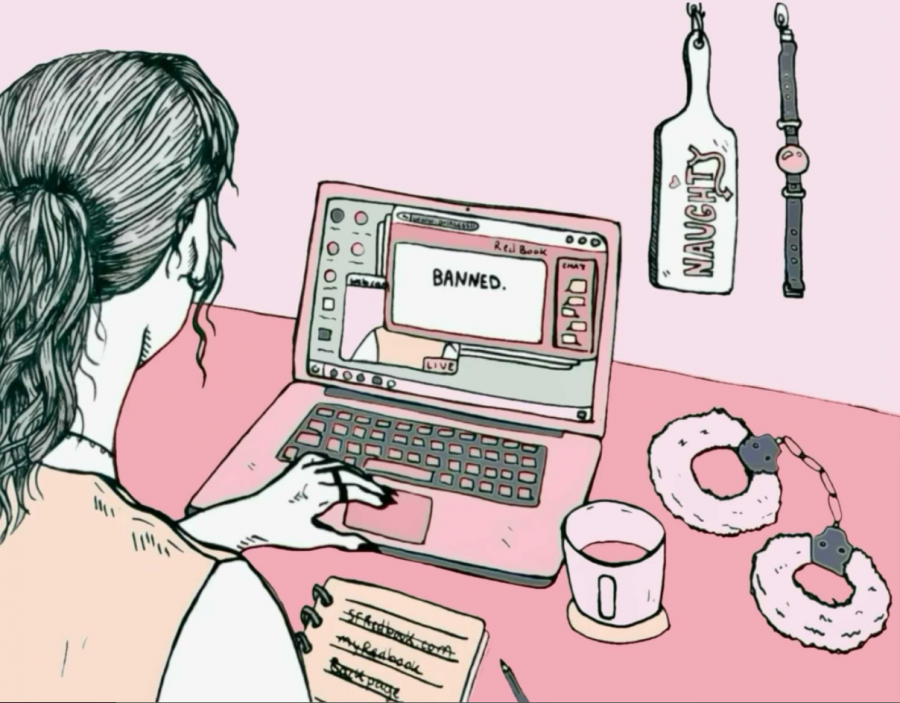SF State students in the foodservice industry rely on the voluntary, and often paltry, tips people pay in exchange for service to cover the rent.
Tipping is a delicate subject in the U.S. because it’s a large part of the culture and economy – especially in regards to food services. Normal tipping practices can vary and at restaurants, it can be anywhere from 15 percent, a low standard tip, to 20 percent, an ideal tip for good service.
For baristas, many said dropping your spare change or 1-2 dollars is greatly appreciated. Bartenders say they typically find a dollar fair if they can pour the drink, but 2 to 3 if it requires a cocktail shaker, or worse, blender.
A significant portion of the student body at SF State is in the foodservice industry and rely on tips to make ends meet. For some restaurant servers, they said tips can make up as much as 75 percent of their monthly income. For people who work as baristas, such as Sonja Tran, their portion of tips from the communal tip jar can provide an extra $40 a week as pocket change.
Sonja Tran, a 20-year-old nursing student, has been a barista at Starbucks for about two months. She said her tips add an extra 1-2 dollars an hour to her paycheck.
“I don’t personally depend on that money, but I know people who do,” Tran said.
For servers and bartenders, that money is a lot more than just pocket change. Square, a company that helps process credit card data, releases a report every year about the best and worst states and cities to make tips. According to them, the national average for food service tipping 16.6 percent, while California’s average tip is 15.2 percent. San Francisco’s tip percentage is even lower, at only 14.6 percent.
Anoshua Chaudhuri, the Chair of the SF State economic department, believes that forcing servers to depend on tips to make a living wage is unfair.
“It’s important to highlight that the restaurant is passing the responsibility [to pay a fair wage] onto the customer,” Chaudhuri said. She argues that it is unfair to balance people’s livelihood on people who may not leave the needed 15 percent.
Chaudhuri, born and raised in India until she was 24, said she was unaware of the cultural importance of tipping when she moved to the U.S. “I did not even realize for the longest [time] that that extra 15 percent was what people were relying on as their income.”
One of the many proposed solutions by restaurateurs to the problem of tipping is to eliminate it altogether and increase prices in order to pay workers more up front. However, eliminating tipping could have unknown consequences to the restaurant industry as a whole. According to Chaudhuri, basic economics suggests that as prices increase, people may stop going out to restaurants.
However, she believes that as long as the total amount paid stays close to the same, there should not be any long-term differences.

Mikayla Willet, 20, a former server at a pizza parlor in the East Bay, said tips made up 30 percent of her monthly income. She said she tips about 15 percent when she receives superb service. “I have an aunt who was a server her whole life though, and she still yells at me when I don’t tip enough,” she said.
Students say that one of the largest contributors of encouraging them to tip more is joining the industry yourself or having friends and family who work for tips. Aileen Rose Monsata, 18, has never worked as a server but started to tip more after realizing her friend’s husband depended on them. “It opened my eyes to [tipping] when she explained that they do work hard for that money,” Monsata said.
Society has established an element of shame and education associated with tipping. When Monsata was asked about how much she tips, she replied, “I’m not a bad person, but not that much.”
In India, it is customary to only tip if the service is spectacular, and even then to only tip about 10 percent.
Chaudhuri recalled a time when she took a cab and only tipped the driver 11 percent. “I think back and that might be why he didn’t help me with my bags. I didn’t tip the 15 percent.”








